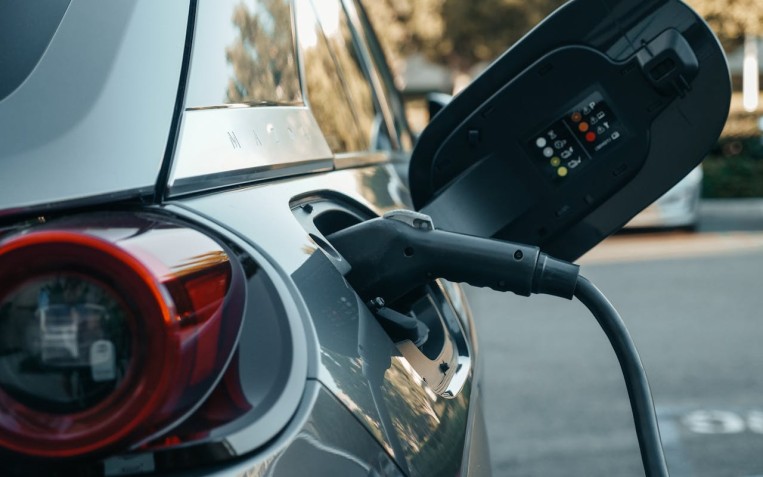Driving in Wet Weather

Many motorists underestimate the dangers of driving in wet weather conditions, but they can be hazardous. Rain can make surfaces slippery, obscure your vision and increase your braking distances, so you should adjust your driving to stay safe.
Rain
During the first half hour when it begins to rain, the surface of the road can be deceptively dangerous. As the rain combines with mud and oil on the road, a slippery surface is formed and this can contribute to your vehicle losing traction. Ensure that you drive slowly and take care in these conditions.
Heavy rain, grey skies and fog all contribute to obscuring your view of the road. Make sure that you use your lights or fog lights if you are struggling to see - this will also help other motorists to see your vehicle.
Aquaplaning
When the road surface is covered by a thin layer of water, it can be difficult for your tyres to retain their grip and this can result a loss of traction and control, known as aquaplaning. This can be scary, and if this occurs when driving, you should avoid braking and accelerating. Instead, you should keep the steering wheel gently pointing in the direction you wish to travel, avoiding steering, until your tyres make contact with the road again.
To avoid aquaplaning, you should drive slowly on wet surfaces and regularly check that your tyres are correctly inflated and have sufficient levels of tyre tread.
Flooded Areas
Try to avoid areas that are prone to flooding when it is or has been raining heavily. If you come to a flooded part of the road when driving you should try to avoid it as driving through standing water can result in expensive engine damage.
If you have to drive through a flooded area, you should stick to the highest section of the road and drive slowly in first gear. Before you drive through the area, you should make sure that your path is clear.
Never drive through water which is deeper than 6 inches standing.
Vehicle Checklist:
You should make sure that you routinely check the following:
- Your tyres have adequate levels of tread in order for them to maintain contact and grip with the road in wet conditions.
- All lights are working correctly.
- Your windscreen wipers do not have signs of damage such as tears and cuts and they effectively clear all water from the windscreen.
- Screenwash is topped up to a sufficient level.
Contact your local PTA Garage Services branch for further advice on driving in wet conditions.
Related Content

When should I replace my car’s suspension?
The suspension has many functions. Primarily, it connects the wheels to the body of the vehicle to give a smooth ride while keeping the vehicle stable. Knowing when you need to replace the suspension is essential to avoiding any potential accidents f...

Electric vehicle myths: solved
Making the transition to an electric vehicle can be overwhelming. There are many questions you may ask before you buy an EV. Are EVs expensive? Does i...

Updates to the Think! Campaign
In recent years, there have been major updates made to improve road safety on UK roads. The most significant changes made were to The Highway Code, gi...

